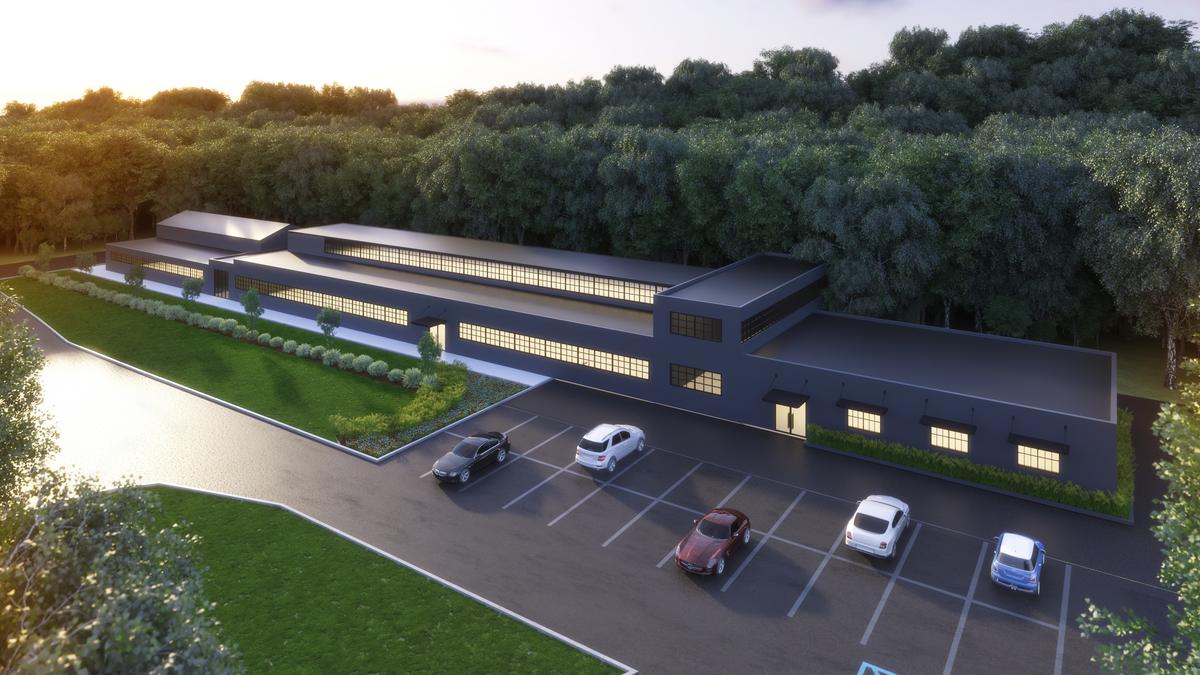As any longstanding technology business must, printing and scanning software company Tricerat has evolved over 23 years.
It started in 1997 with three team members who brought the first universal print driver, called ScrewDrivers, to market. This removed the need for administrators to map printer drivers to every end user workstation, offering a big advantage in large-scale IT environments with lots of different printer types, and virtual environments.
Printing is one of the more basic tasks that comes with office life, but with it also comes plenty of issues like getting the right configurations and updates. To reduce reliance on the IT team, Tricerat has over the years grown a platform and dashboard that’s designed to help companies print and scan from different devices to any printer, and provide support. It now reaches 10,000 customers that include both large and small businesses, as well as international clients, said COO Hannah Byrne.
In that time, the company has also evolved its local presence. Starting in Columbia, it later moved to Owings Mills in Baltimore County. And in the last several years, the team has gotten more enmeshed in the community in Baltimore city. Many employees live in the city, for one. Leaders have attended Waterfront Tech Series events, and the team has taken up volunteering with organizations that serve the city like the Baltimore Tree Trust and Baltimore Curriculum Project.
To start off 2021, the company plans to increase its part in the city by moving its headquarters to North Baltimore’s Medfield neighborhood: Tricerat signed a lease this year for 9,000 square feet in the Hangar Building, a former airplane parts manufacturing facility near Union Collective that Seawall Development turned into office space for tech and creative firms. It’s joining CreditXpert and Harvey Agency, who are also moving from the county to the city, as well as Maryland Philanthropy Network, which already has a home in the building.
“Tricerat wanted to be a part of the conversation,” Byrne said. “We didn’t just want to go to the city and help out. We want to be in the city actually doing it, providing jobs in the city.”

Tricerat is moving to the The Hangar Building. (Courtesy image)
Along with being a “special space” that the team designed, being close to other companies will create a “mini-tech hub,” Byrne said.
When public health allows, the plan is to have room for 35 team members in the space. For now, remote work is still an option, but Byrne said they are adjusting the HVAC system, UV lighting and layout to accommodate team members who want to work there.
The company has built volunteer work with the community into the culture, and lets the team direct where they want to focus attention. One focus is education, with developers teaching coding in schools and the marketing team working with the Baltimore Curriculum Project to help with social media. Another portion of the team identified a desire to work on the environment, so they planted with Baltimore Tree Trust.
When it comes to the technology, Byrne said the company works primarily with healthcare companies, as well as legal and financial companies. It’s a company that exists primarily behind the scenes, selling to systems administrators. These industries still have large-scale printing needs, and are operating in virtual environments. Tricerat has a single console that can manage all of the different printers and scanners a company has from one spot, Byrne said.

Hannah Byrne. (Courtesy photo)
“Our biggest value add is our customer service. We treat people like customers from the beginning,” she said. “On the tech side of things we get rid of driver management for them so the IT desk can focus on real strategy as opposed to help desk tickets.”
With the pandemic, many clients have seen even more printer sites come online as employees shifted to remote work. It has put pressure on IT teams to respond to users who are looking to be able to perform all functions the same at home as they have in the office. And as the pandemic has worn on, there’s a need to make sure it is secure and sustainable over the long haul, Byrne said.
“Remote is the future. For us, we’ve been doing it since the beginning,” Byrne said. Through COVID-19, we’ve been able to help companies launch their remote working programs. … Say you need to securely print and scan from your house, we’ll help you build that out.”
Join the conversation!
Find news, events, jobs and people who share your interests on Technical.ly's open community Slack

Baltimore daily roundup: Medtech made in Baltimore; Sen. Sanders visits Morgan State; Humane Ai review debate

Baltimore daily roundup: The city's new esports lab; a conference in Wilmington; GBC reports $4B of economic activity

Baltimore daily roundup: Find your next coworking space; sea turtle legislation; Dali raided and sued


